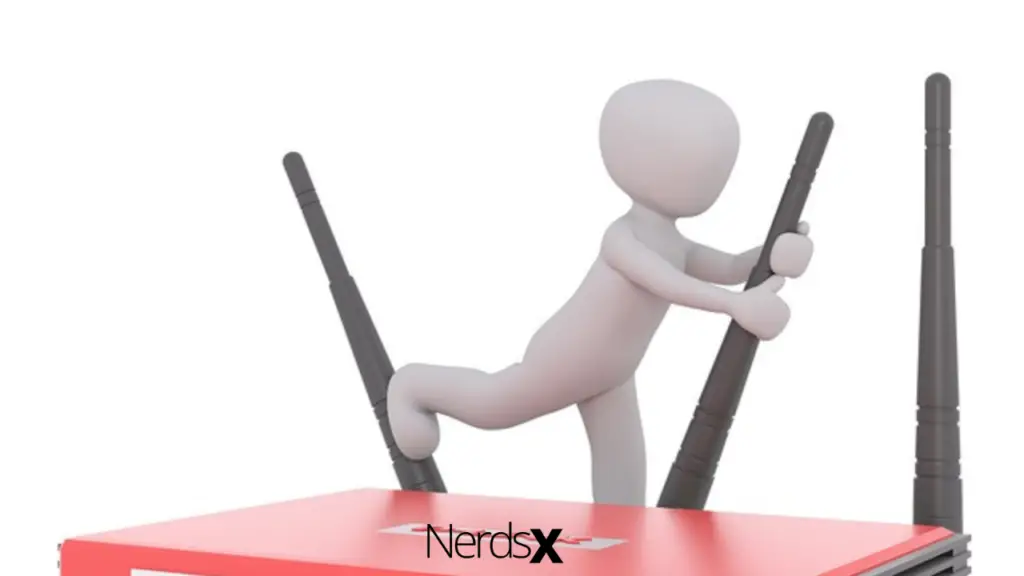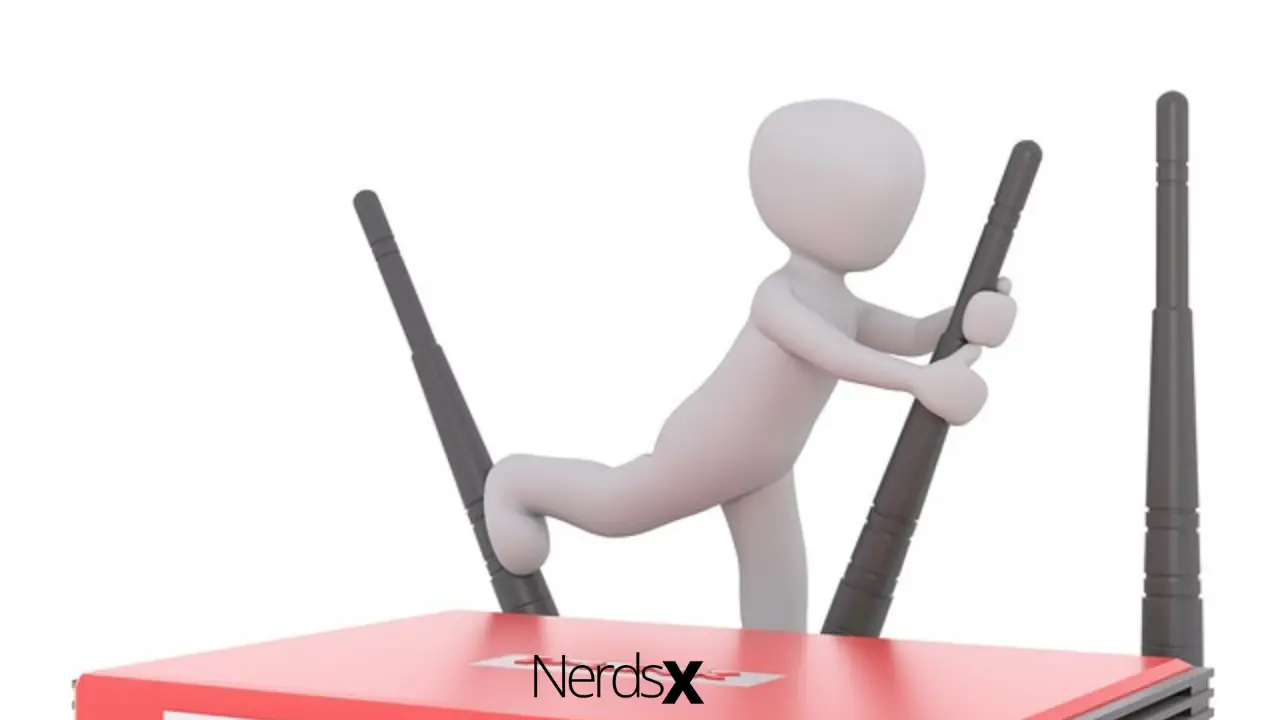For connection, Wi-Fi employs a variety of frequency bands. Each Wi-Fi router frequency has its advantages and disadvantages, and users choose to use these features based on their convenience and usability.
These frequencies allow the Wi-Fi signal to function efficiently in a regulated setting. If you’ve ever used radio or studied how they work, you’re probably aware that there are many sorts of frequencies on the radio, such as AM and FM frequencies.
Furthermore, all wireless communication technologies, such as infrared and Bluetooth, have various frequency ranges. 5 GHz Wi-Fi is the most modern and fastest frequency band for Wi-Fi. The capability is now available and can be found on most current Wi-Fi routers or WiFi-enabled devices to ensure excellent connectivity.
The Two Most Common Types Of Wi-Fi Frequencies
1. 2.4 GHz Frequency
The most extensively used Wi-Fi frequency is 2.4 GHz. Because it is the original Wi-Fi frequency, it is supported by practically all WiFi-enabled devices. If you choose, this frequency range is best for covering a vast geographical region since it reduces the speed at which data is transmitted through Wi-Fi while increasing the signal strength and range to which signals are sent.
Suppose you need stronger signals and use a single Wi-Fi router to power your entire house or workplace, this frequency will be ideal for you. You may have to sacrifice data transfer rates, but the signal strength and connection range will more than compensate.
2. 5 GHz Frequency
5 GHz is the most recent and fastest Wi-Fi frequency. You might not be able to get your hands on many products that support 5 GHz Wi-Fi frequency communication. Furthermore, routers capable of transmitting signals at such frequencies are scarce and costly, and they are hard to come by. However, the hassle of obtaining a 5 GHz router and the extra money spent will be well worth it since you will enjoy top-notch data transfer speeds using Wi-Fi signals.
The significant advantage of using the 5 GHz frequency is getting the quickest internet and data transmission rates. However, the frequency is only effective across small distances, and you can only use it in one or two rooms at most.
Beyond that, signal strength can be challenging to obtain, and you may experience interference. However, suppose you are a gaming fan and have your router in the same room as your console. In that case, 5 GHz is the most incredible option for receiving the most suitable internet for online gaming or HD video streaming.

Why Can’t You Connect To 5 GHz Wi-Fi?
When trying to connect to a 5 GHz Wi-Fi network, the most typical error message is that your device cannot connect or that your device cannot search for a 5 GHz Wi-Fi internet connection.
There might be various causes for this issue. We’ll go over each one and how to solve it in detail so you can diagnose any faults yourself and discover a solution to get the best Internet speed at your home or workplace. The following are the most typical difficulties that may prevent you from connecting to a 5 GHz Wi-Fi network:
1. Compatibility With Hardware
To connect using a 5 GHz Wi-Fi connection, you’ll need hardware compatibility. If you have the most recent Wi-Fi router and want to use 5 GHz Wi-Fi on your laptop, PC, or mobile device, you must first make sure that the device can connect to 5 GHz Wi-Fi.
Please double-check your device’s specs to ensure that it supports 5 GHz Wi-Fi. Remember that if your router only transmits at 5 GHz and your device does not support a 5 GHz connection, you won’t connect to Wi-Fi.
Some routers can broadcast at both 2.4 GHz and 5 GHz, so check whether yours can convert to a lower frequency.
2. ISP Support
Your internet service provider may limit your Wi-Fi plans or impose limitations on utilizing the 5 GHz band. You must confirm that your router and any devices you wish to connect to the internet through a 5 GHz connection support the frequency and that your ISP does not impose any restrictions. The simplest method to find out is to call your Internet service provider and get your plan updated to include 5 GHz band access.
3. Software Configuration
To achieve the best degree of connectivity, you may need to think about the setup of all the devices. Please ensure that the device you’re trying to connect to a 5 GHz Wi-Fi network with, such as a cellphone, laptop, or game console, has installed the most recent operating system. You’ll also need to verify the Internet Driver software on laptops.
You may need to manually modify the parameters once you’ve determined the OS version. If your device supports a 5 GHz connection but still can’t connect to Wi-Fi, likely, you haven’t switched on the auto switch. Make sure your WiFi-enabled gadget has a switch turned on that allows it to move from 2.4 GHz to 5 GHz automatically.
4. Hardware Failure
If none of those mentioned above is the problem, your device may have some hardware issues that need to be addressed. In such instances, you should have your device checked by an authorized service center, which will correctly diagnose your problem/issue and provide you with a solution.
How Do You Connect Your iPhone To A 5GHz Network?
You’ll need to update the settings on your router to connect your iPhone to the 5GHz wireless band.
However, before changing your router’s settings, be sure you do the following:
1. Check if your router supports the 5 GHz Wi-Fi spectrum.
2. Make a backup of your router’s settings so that you can restore them fast if necessary.
3. Your devices’ software systems should get an update. This update will allow your devices to connect and function together more smoothly by installing the most recent security updates.
4. Forget about the Wi-Fi network and disconnect all devices that have previously connected to it. As a result, when your devices reconnect to the network, they will use the updated settings.
The following are the settings that must be added to your router for your iPhone to connect to 5GHz:
Unique Network Name
Give your Wi-Fi network a single, unique name or SSID (Service Set Identifier). Don’t make the mistake of naming your network “default” or “common.” More importantly, don’t use different words for your router’s 2.4GHz and 5GHz frequency bands.
If you give the dual-frequency bands different names, your device will not connect to them.
Width Of The Channel
The capability of a ‘pipe’ for conveying data may be characterized as channel width. Wi-Fi channels that are wider are more susceptible to interference and can easily interfere with other devices.
To configure a 5GHz frequency band on your router, choose auto or all widths (20MHz, 40MHz, 80MHz). This function ensures that all connected devices receive the most significant possible performance from your network.
Similarly, you should set your router to receive automatic firmware upgrades. It would also help if you enabled all of your router’s radio modes. This function ensures that your devices connect to the internet with the best radio support possible.
After you’ve made these changes to your router’s settings, follow these steps to change your router’s default 2.4GHz Wi-Fi band to 5GHz:
1. Open the web browser and key in the router’s default IP address. You may find the default IP address printed beneath your router or in the router’s user manual.
2. Fill up your account’s login information, including your username and password.
3. Change the wireless settings by clicking on the wireless tab. Select the primary option in the Wi-Fi settings box.
4. Change the 802.11 Wi-Fi bands from 2.4GHz to 5GHz.
5. Make use of the apply button.
Connect your iPhone to the new Wi-Fi network once you’ve set the Wi-Fi connection to the 5GHz band, and it’ll start working with the 5GHz Wi-Fi frequency band.
What Should I Do If My iPhone Is Unable To Connect To A 5 GHz Wi-Fi Network?
Despite making modifications to the router settings, your iPhone may still be unable to connect to the 5 GHz Wi-Fi band. Fortunately, the following options can help you resolve your connectivity issues:
Activate Your iPhone
If your iPhone has trouble connecting to the 5GHz wireless network, restart it.
To restart your iPhone X, 11, or 12, follow these steps:
1. Hold down the volume and side buttons until the power-off slider appears.
2. Swipe the slider to turn off your iPhone for 30 seconds.
3. Then, to restart the iPhone, click and hold the side button.
You may restart your iPhone SE(second generation), 8, 7, or 6 by following the steps below:
1. Press the left side button down until you see the ‘power off’ slider appear.
2. Allow your iPhone to turn off for 30 seconds by sliding the slider to the left.
3. Wait for the iPhone to restart after pressing the side button.
Once reset, reconnect and verify whether your iPhone can connect to the 5 GHz Wi-Fi network.
Reset Network Configuration
If the preceding technique does not work, you may try resetting your iPhone’s network settings by following these steps:
1. Go to the settings tab on the iPhone’s main menu.
2. Tap the reset button after selecting the general settings section.
3. Wait for the reset operation to begin after clicking the reset network settings button.
4. Connect your iPhone to the 5GHz Wi-Fi band network when the reset is complete.
Conclusion
The 5GHz Wi-Fi network is a terrific solution to bypass the 2.4 GHz band’s congestion and secures higher surfing speeds on your device. However, it does not always connect instantly from a list of accessible networks, which might be an unpleasant scenario. Thanks to this article, you now have numerous troubleshooting options, all of which will almost certainly fix the issue.


Tired of the Grind? Let My Dual-Engine Profit Machine Do 95% of the Work for You, While You Live the Life You Were Always Meant to Live!
https://europa-168.site/PASSIVECLASS
PROFIT-READY EBOOKS with covers, TOC, chapters, sections, links, images, & content!
THE FASTEST WAY TO CREATE, PUBLISH, & PROFIT FROM EBOOKS… NO WRITING REQUIRED
https://bookmarket.expert/eBookWriterAI
to UNSUBSCRIBE:
https://bookmarket.expert/unsubscribe?domain=techbiva.com
Address: 108 West Street Comstock Park, MI 48721
Hi,
We have a promotional offer for your website techbiva.com.
Why do you need this? Imagine launching your own AI store on WordPress, stocked with ready-to-sell GPTs and AI prompts—and starting to make money today. No design headaches, no tech setup, just a polished storefront that builds trust and delivers real sales straight out of the box.
Whether you’re a webmaster or money-maker, AI Store Fortune removes the tech barrier. Made for people who’d rather grow their traffic and income than tinker with confusing plugins. Want to finally turn AI ideas into stable income? Click to see how effortlessly you can own—and profit from—your AI business.
See it in action: https://testaip.online/AIStoreFortune?techbiva.com
You are receiving this message because we believe our offer may be relevant to you.
If you do not wish to receive further communications from us, please click here to UNSUBSCRIBE:
https://testaip.online/unsub?domain=techbiva.com
Address: Address: 1464 Lewis Street Roselle, IL 60177
Looking out for you, Michael Turner.